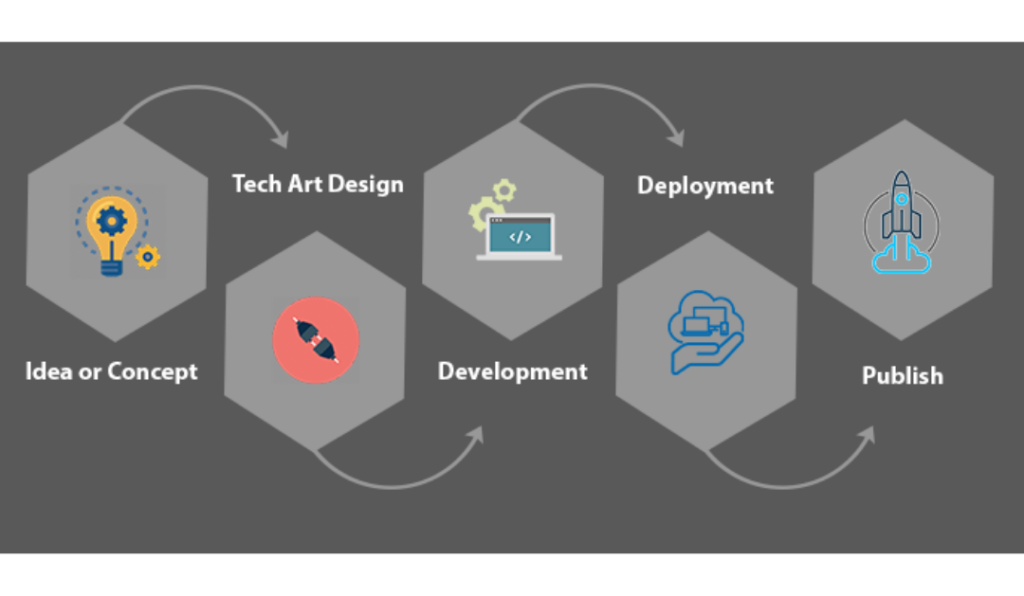In the realm of financial markets, the automation of trade execution via algorithms has become a cornerstone for many traders and investors. Crafting algorithms for automatic trade execution involves a delicate balance of precision, adaptability, and risk management. Here’s an insightful guide on what’s essential when programming these algorithms and how to navigate potential pitfalls in the process.
The Significance of Algorithms in Automated Trade Execution
Algorithms serve as the backbone of automated trade execution systems, acting as the guiding force that navigates the complexities of the trading environment. They are meticulously crafted mathematical formulas designed to execute trades based on predefined criteria, ensuring swift and precise actions in response to market conditions.
One of the primary virtues of algorithms lies in their ability to process vast amounts of data with lightning speed. These algorithms analyze market indicators, price movements, volume trends, and other critical variables in real-time. This swift analysis enables algorithms to make split-second decisions, capitalizing on fleeting opportunities that might elude manual traders.
Optimizing Trade Execution through Algorithmic Precision
The efficiency and precision brought by algorithms in automated trade execution systems are game-changers in the financial realm. Here’s how these algorithms optimize trade execution:
- Speed and Timing: Algorithms execute trades with remarkable speed, leveraging nanosecond-level precision to seize opportunities as soon as they arise. This lightning-fast execution ensures minimal slippage and maximizes the likelihood of executing orders at favorable prices.
- Rule-Based Execution: Algorithms adhere strictly to predefined rules and parameters, eliminating emotional biases or impulsive decisions that human traders might succumb to. This rule-based approach ensures disciplined execution aligned with the trading strategy.
- Risk Management: Advanced algorithms incorporate risk management protocols within their frameworks. They calculate risk exposure, set stop-loss orders, and employ other risk mitigation strategies based on predefined parameters, safeguarding against potential losses.
- Adaptability and Learning: Certain algorithms evolve through machine learning techniques, continuously adapting to changing market dynamics. These adaptive algorithms refine their strategies based on past experiences, improving accuracy and performance over time.
- Reduced Operational Costs: Automating trade execution through algorithms reduces the dependency on human resources, streamlining operations and reducing manual errors. This not only enhances efficiency but also lowers operational costs associated with manual trading.
Understanding Algorithmic Trade Execution
Precision in Algorithmic Coding
1. Accuracy as a Foundation:
Crafting algorithms for trade execution mandates unwavering precision in coding. Each line of code serves as a blueprint, guiding intended actions in the complex trading landscape. Ensuring flawlessly clean code is imperative to avert potential financial pitfalls resulting from errors or bugs.
Adaptive Decision-Making in Algorithms
2. Flexibility as a Cornerstone:
Algorithms are the maestros orchestrating trades amidst market fluctuations. Adaptable decision-making allows algorithms to swiftly respond to dynamic market shifts. By integrating real-time data-triggered variables and conditions, these algorithms seize opportunities as they arise.
Vital Considerations in Algorithm Programming
1. Comprehensive Market Data Analysis:
Delving into historical and real-time market data unveils trends, volatility, and crucial indicators. This comprehensive analysis forms the bedrock for effective algorithmic trade execution. Platforms like https://trader-ai.pro/ offer indispensable tools aiding programmers in informed decision-making.
2. Embedding Risk Management Measures:
Incorporating risk management within algorithms shields against unpredictable market upheavals. From setting stop-loss orders to defining risk thresholds, striking a balance between maximizing profits and mitigating risks is fundamental.
Navigating Pitfalls in Algorithm Programming
1. Evading the Overfitting Quagmire:
Steering clear of overfitting algorithms to historical data is pivotal. Over-tuning to past data might lead to lackluster real-time performance. Employing machine learning models or regular algorithm updates mitigates this risk, ensuring adaptability.
2. Embracing Rigorous Testing and Backtesting:
Thoroughly testing algorithms before deployment is paramount. Backtesting under varied market conditions validates algorithm efficiency, identifying and rectifying inefficiencies or flaws that might disrupt live trading.
Refining the Art: Best Practices in Algorithmic Programming
1. Dynamic Monitoring and Fine-Tuning:
The art of algorithmic trading is an ongoing endeavor. Continuously monitoring and optimizing algorithms in sync with market evolution is imperative. Updates grounded in new insights enhance algorithmic performance.
2. Fostering Technological Advancements:
Embracing the forefront of AI and machine learning technologies bolsters algorithmic trading strategies. Innovations seamlessly integrated into algorithms enhance efficiency and responsiveness.
In Conclusion
Within the labyrinthine world of financial markets, the craftsmanship of programming algorithms for automated trade execution requires an intricate fusion of precision, adaptability, and risk management. Averting common errors, rigorous testing, and adhering to best practices pave the path for crafting algorithms that execute trades seamlessly and profitably. . Platforms like https://trader-ai.pro/ serve as valuable resources, providing tools and insights to aid in the creation of robust algorithms for automated trade execution.


